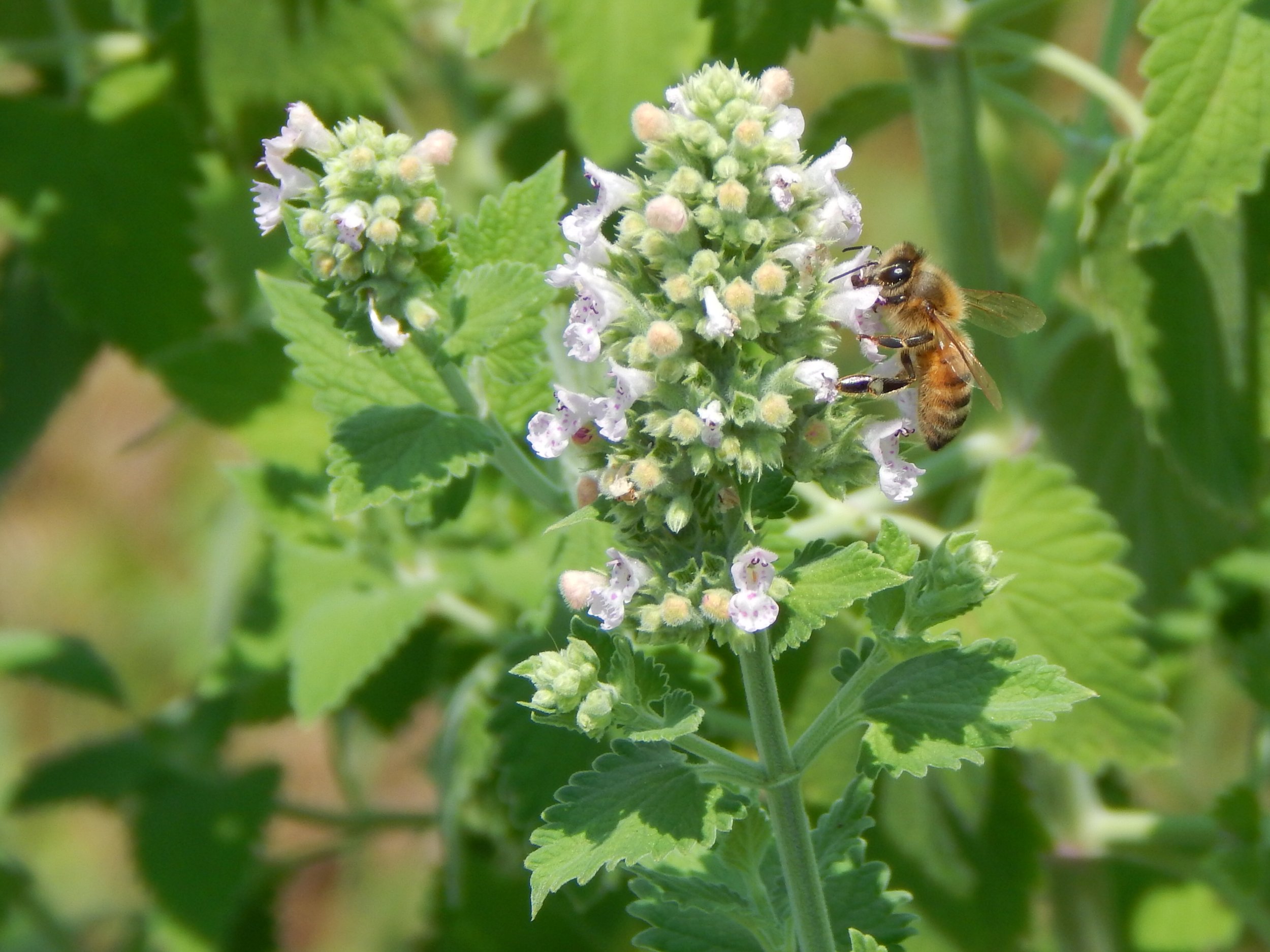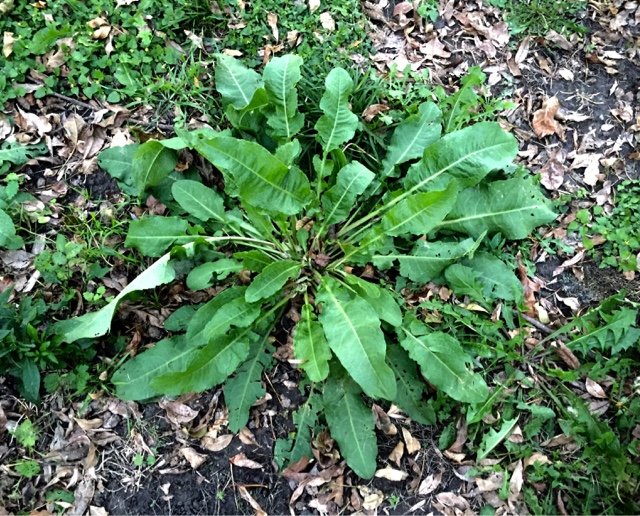We're all familiar with coriander as an important part of Indian, Iranian and Latin American cuisine. Most of us keep coriander seeds in our spice cabinet and also buy the fresh cilantro leaves for a garnish or an ingredient in salsas and guacamole. But the volatile oils in coriander are also very important medicinally, especially for pitta conditions, eye inflammations, urinary and menstrual conditions and allergic reactions. Here's a compilation of coriander home remedies.
Note: To get the best out of your coriander, always fresh-grind the seeds rather than storing the powder.
Coriander Seed Recipes
CCF Tea: At Alandi we encourage our students and patients to drink CCF tea. Mix one-third teaspoon each of cumin, coriander and fennel 'seeds' in a cup of water, boil until the seeds sink and strain. Drink after meals to aid digestion or to relieve colic. This tea is also a great way to help get adequate iron and calcium in your diet. You can also use this tea to bring down a fever.
Coriander digestive powder: Mix together 1tsp ground coriander, 1 tsp. ground cumin, a pinch of black pepper and a pinch of salt (Himalayan or Utah salt). Eat with basmati rice to aid digestion.
Coriander tea for stomachache: Boil 1 tsp. coriander seeds in a cup of water until seeds sink; strain and drink to relieve stomachache, Add turbinado sugar if desired.
Pitta relief powder: Mix equal parts of coriander, fennel and turbinado sugar and powder in a spice mill. Eat 1-2 tsp. after each meal to relieve burning sensations, acidity, eye irritation, burning urination and headache.
Coriander milk for hives and rashes: Steep 1 tsp. coriander powder, ½ tsp. cumin powder and 1 tsp. turbinado sugar in a cup of hot milk. Drink one or two cups daily to relieve hives, rashes and nausea.
Coriander with amlaki for burning urination or excess thirst: Soak 1 tsp. coriander seeds, ½ tsp. amlaki powder and ½ tsp. turbinado sugar; add 1cup boiling water; steep overnight in and drink in morning on empty stomach.
Coriander infusion for leucorrhoea: Steep 2 Tbsp. of coriander seeds overnight in ½ cup of water. Drink the water in the early morning on an empty stomach. Drink daily for a week or ten days.
Coriander tea for menstrual cramps: Boil 1 tsp. coriander seeds in a cup of water until seeds sink; strain and drink to relieve menstrual cramps
Coriander tea for menorrhagia (excess menstrual bleeding): Boil 2 tsp. coriander seeds in a cup of water. Strain, add turbinado sugar and drink 2-3 times daily.
Coriander breath freshener: Chew coriander seeds to freshen the breath.
Coriander tea with cinnamon and ginger for fever: 1 tsp. ground coriander, ½ tsp. cinnamon, ¼ tsp ground ginger. Steep in 1 cup hot water for 10 minutes, strain and drink.
Coriander and rose tea for high fevers: Boil 1 tsp. coriander seeds in a cup of water until seeds sink; cool to room temperature, strain and drink to relieve high fever. Even better, after removing the infusion from the heat, add 1 tsp. organic rose petals and allow to steep while the tea is cooling.
Coriander eyewash for conjunctivitis: Boil 1 tsp. coriander seeds and ½ tsp. salt in a cup of distilled water, with the lid on. Cool to room temperature, strain and use as eyewash. (You may need to adjust the saltiness for your personal make-up).
Coriander with amlaki for alopecia: Soak 1 tsp. coriander seeds and 1 tsp. amlaki powder in 1cup boiling water; steep overnight in and drink in morning on empty stomach. Drink daily for baldness or alopecia.
Coriander 'coffee' for caffeine withdrawal: Dry-roast coriander seeds, powder in spice mill and use as coffee substitute. Also see end of article for Sukku mali coffee recipe.
Cilantro Leaf Recipes
Cilantro Juice for hay fever and allergic conjunctivitis: Drink 2 Tbsp cilantro juice twice daily. Gently bathe eyelids with cilantro juice.
Cilantro Juice for hives: Drink 2 Tbsp cilantro juice twice daily. Apply the pulp to the hives.
Topical cilantro for alopecia: Apply pulp of fresh cilantro leaves daily to areas of hair loss.
Topical cilantro for headache: Apply pulp of cilantro leaves to the forehead.
Topical cilantro for apthous ulcers (canker sores): Chew cilantro pulp; apply the pulp to the ulcers.
Topical cilantro and turmeric for acne: Mix ½ tsp turmeric into 2 Tbsp cilantro juice and apply to areas of acne and blackheads. (This is fine for women of colour, lighter skin types might want to test and see if it would temporarily stain your skin).
Cilantro nasya for nose bleeds and hay fever: Apply a couple of drops of cilantro juice in the nostrils 1-2 times daily for 15 days. Apply pulp of cilantro leaves to the forehead.
Cilantro juice for Burning Urination: Drink 2 Tbsp cilantro juice twice daily.
Cumin Cilantro tea: For Indigestion, acid reflux, heartburn, make tea with a teaspoon of cumin seeds per cup of water, steeping until the seeds sink. Add a pinch of salt and a teaspoon of cilantro juice. Take twice daily after meals.
Cilantro chelation pesto for heavy metals chelation (recipe follows)
Cilantro Chelation Pesto
4 cloves garlic
1/3 c. Brazil nuts (for selenium)
1/3 c. sunflower seeds (for cysteine)
1/3 c. pumpkin seeds (for zinc, magnesium)
2 c. packed fresh cilantro (heavy metal chelation)
2/3 c. flaxseed or toasted pumpkin seed oil
4 TBS Fresh lemon or lime juice (vitamin C)
(use lime juice for pitta)
salt as desired.
Process the coriander and flaxseed oil in a blender until the coriander is chopped. Add the garlic, nuts and seeds, and lemon or lime juice and mix until the mixture is finely blended into a paste. Add salt to taste and blend again.
Sukku Malli Coffee
Adapted from Padhuskitchen.
Ingredients
2 tsp. Coriander seeds
1/2 tsp dry ginger powder
3-4 peppercorns
2 cups water
1-2 tsp palm jaggery or turbinado sugar
Preparation
Dry roast coriander seeds and black pepper on medium heat until you get an aroma of roasted seeds. Switch off the heat and add the dry ginger and sauté in the heat of the pan.
Powder everything once it cools. You can make this in bulk and store it in an airtight container, if needed, but fresh is really nice.
Bring 2 cup of water to boil, add the sukku malli coffee powder and boil on medium heat until it reduces to half quantity.
Add sugar or jaggery to taste. Once it dissolves, remove from heat, filter it and sip it slightly hot.
Compiled from various sources including Alandi Pharmacy Manual, Ayurvedic Cooking for Self-Healing by Usha and Vasant Lad and LiveAyurved.com, and Ayurvedaupay.com.
Alakananda Ma M.B., B.S. (Lond.) is an Ayurvedic Doctor (NAMA) and graduate of a top London medical school. She is co-founder of Alandi Ayurveda Clinic and Alandi Ayurveda Gurukula in Boulder Colorado, as well as a spiritual mother, teacher, flower essence maker and storyteller. Alakananda is a well known and highly respected practitioner in the Ayurveda community both nationally and internationally.
Enliven your holistic health! Visit Alakananda Ma in Alandi Ashram’s ayurvedic clinic to support the overall rejuvenation of your body, mind, and spirit. In-person and virtual appointments available. Book now!


























